What’s Up?
I got up early on Tuesday, have been working on this blog post for well more than four hours, and am still not done. It is cloudy here at ILE and I plan on doing some outdoor Focus Fine-tuning with my Nikon gear as soon as I am done.
I was thrilled to learn that multiple IPT veteran Malcolm MacKenzie signed up to join Shonagh Adelman and me on the 2019 UK Puffins, Gannets, and Red Kites IPT. That done, I have committed to the trip. See below to join us. Write for IPT veteran and couple’s discount info.
This Just In
I walked out into my driveway to start setting up for a (now-abandoned for a while) micro-adjusting session despite the fact that it looked as if it was going to start pouring rain any second. I saw that the trees on my property were absolutely filled with small songbirds so I grabbed my Leica 8×32 Bins from the car. In short order I saw about 20 Cedar Waxwings, a male Northern Cardinal, several Tufted Titmice, a Chipping Sparrow, several Red-bellied and Downy woodpeckers, two White-eyed Vireos, a Ruby-crowned Kinglet, a few Blue-grey Gnatcatchers, and the following warbler species: Yellow-throated, Pine, and Northern Parula. Turkey Vultures and Tree Swallows flew overhead. It is now pouring as I type. A storm is coming and tomorrow morning will be more than 25 degrees colder than today.
Lakeland American White Pelican In-the-Field Morning Session
If you would like to join multiple IPT veteran Malcolm MacKenzie and me in Lakeland tomorrow morning, Wednesday, March 6, for an in-the-field session with the tame pelicans before they head north, please get in touch asap via e-mail or call my cell at 863-221-2372. Limit three photographers/session. I will be taking only my SONY gear tomorrow since I went exclusively with Nikon on my last visit Saturday past.
Morning Session — 7-10am: $250.00
Morning Session with a working lunch including image review and Photoshop: $350.00
|
|
|
This image was created on March 3 from Clemens Van der Werf’s small boat on Lake Kissimmee. I used the hand held Sony FE 100-400mm f/4.5-5.6 GM OSS lens (at 400mm) and the beyond remarkable Sony Alpha a9 Mirrorless digital camera. ISO 400: 1/2000 sec. at f/6.3 in Manual mode. AWB at 8:11am on a sunny day. Be sure to click on the image to see a larger version. Boat-tailed Grackle, female braking to land |
Songbirds in Flight???
I am not and have never been capable of focusing on songbirds in flight with my Nikon or old Canon gear — even large species. With the SONY gear and its amazingly fast initial focusing acquisition I have been trying and was thrilled to create today’s featured image as the bird was about to land on a channel marker. I have even created some sharp small-in-the-frame Tree Swallow images, or at least tried. 🙂
|
|
Capture One Screen Capture for today’s featured image. |
SONY Image Workflow
First off, note that the grackle image held up nicely to a substantial crop …
I learned right off the bat that it is not possible to judge SONY image sharpness in my now-beloved Photo Mechanic. The beauty of Photo Mechanic is the blazing speed at which I do my editing. Unlike Canon and Nikon images, the SONY images embed only a small JPEG. You can actually see the full sized SONY images in Photo Mechanic if you go to Photo Mechanic > Preferences > RAW and, under For RAW only: choose the Render RAW for Preview if possible option. The problem with that is that the rendering takes forever and I simply cannot live with that.
So, I paid too much money for Capture One so that I could use the magnifier (as seen in the Capture One screen capture immediately above. Here is what I do: I edit a session folder in Photo Mechanic deleting the obvious unsharp, mis-framed, incorrectly exposed rejects — and yes, there are many of those every day. As always I tag the keepers and the View tagged images, hit Command A and then delete the rejects, empty the Trash, and the View all. Then I go into Capture One, open the same session folder — that now with only about 10% off the original images since I got rid of the garbage in Photo Mechanic. I view the images and can either use the Loupe (P) or hit Option/Command/0 (zero) to enlarge the image. You can easily adjust the size and the zoom of the Loupe and then simply place the Loupe on the bird’s eye and click to check the sharpness. Then I use my personalized keyboard shortcut A to mark the unsharp or unwanted images for deletion.
The best news is that I have begun processing all of my Nikon and SONY RAW files (NEF and ARW respectively) with Capture One and have noted that the converted TIFF files are better than the converted TIFFs from ACR (or from Lightroom). I will be sharing lots more on Capture One soon.
SONY A9 Getting Started Guide with Video
If you are just getting started with your SONY a9 body and would like to know how to set the menu items that are relevant to bird photography, please send a Paypal for $22.00 to e-mail with SONY Quick Start Guide in the Subject line or at least somewhere in the e-mail. The guide also includes the best Focus Areas to use for photographing birds both in flight and action and at rest. Along with my comments.
Get a Free Copy!
If you have used my B&H or Bedford affiliate link to purchase a SONY a9 or the Sony FE 100-400mm f/4.5-5.6 GM OSS Lens please shoot me your receipt via e-mail along with a request for your free copy of the SONY Quick Start Guide. Once I confirm that you have used the link correctly you will receive your guide with a link to the video via e-mail.
My Latest Thinking on the SONY Gear
In the Clean, Tight, Graphic, and SONY blog post here, Byron Prinzmetal commented as below. (Note: his comments have been edited for readability.)
Artie,
It seems to me one cannot have everything. In the Sony A9 case as I understand it you (we) have a system:
1. With their 400mm lens and a 2x extender the rig is light and easy to handle. That is, one does not need to be a 20 year old to hand hold the camera and lens combination all day to capture sharp bif images. For mature people this might be a really big deal.
2. Sony’s AF for birds in flighty is great, and you say in some situations with birds flying straight toward you at full speed it is fantastic and perhaps as good as if not better than the competition.
3. The file detail, color, et. al. is ok for a 24k file. Both Nikon and Canon files might show better detail, but Sony’s is more than acceptable.
The above is “my” reading of your comments so far. From my perspective for birds in flight, my priorities would be:
First: Can I hold the camera all day? (I am part of the over the hill gang with a bad back)
Second: Does the AF work well?
And lastly: are the files workable?
I might be wrong about my interpretation of what you have been saying so if so please excuse me.
Bp
Good stuff Byron. I will address each issue one at a time.
Bp: It seems to me one cannot have everything.
am: Agree but only 100%. With regards to the amazing SONY a9: It seems that there is no way to assign exposure compensation to the big wheel in the back. That would make the camera 10 times more deadly on birds. In the same vein, it seems that these is no way to assign AE lock to the AF-On button. That would make the camera 10 times more deadly on birds. If those two could be fixed by a firmware update, that would make the already great camera 100 times better and easier to use. With Nikon lenses AF with TCs away from the center AF point is problematic at best and switching AF areas is almost impossible when hand holding a telephoto lens like the 500 PF. Canon was great but for the fact that AF accuracy with flying birds was totally inconsistent for me (and for many others).
Bp: With their 400mm lens and a 2x extender the rig is light and easy to handle. That is, one does not need to be a 20 year old to hand hold the camera and lens combination all day to capture sharp bif images. For mature people this might be a really big deal.
am: Ah, you are playing with a two-edged sword here as there are always prices to pay. Yes to light and easy to handle but working at 800mm presents many problems with framing and ISO, the latter as you are always working at f/11 … Even in decent late light with fast shutter speeds you will wind up with very high ISOs. I would not advise flight photography with the 2X TC but for experimenting as AF accuracy suffers a bit. Initial focusing acquisition is still very fast with the 2X but the necessary high ISOs will prove prohibitive to most folks. Much better to shoot flight with the prime lens alone or in good light with the 1.4X TC. That said for close work and head shots, the 100-400 OSS/2X TC/a9 is quite deadly.
Bp: For mature people this might be a really big deal.
Yes, us old guys and gals need all the help we can get. I do see the SONY 100-400 OSS/2X TC/a9 combo with both TCs as a great option for all folks — especially older folks — who are looking to reduce weight while enjoying very good results. Hand holding the SONY rig above at 800mm if fine for the close work but for more distant subjects I strongly advise that folks go with an Induro tripod and a Mongoose as framing at 800mm is a lot easier when on a tripod. 800mm is 16X magnification so any movement of the lens leads to lots of problems. Working hand held with the 1.4X TC at 560mm (and 11.2X magnification) should be relatively easy for most folks. At 400mm with 8X magnification nearly everyone will do well provided they are relatively stable and know how to set up their cameras …
Summing up: Hand holding at 800mm is simply not as easy as it might seem.
Bp: Sony’s AF for birds in flighty is great, and you say in some situations with birds flying straight toward you at full speed it is fantastic and perhaps as good as if not better than the competition.
am: Better than …
Bp: The file detail, color, et. al. is ok for a 24k file. Both Nikon and Canon files might show better detail, but Sony’s is more than acceptable.
am: Agree. You will of course lose some fine feather detail (FFD) at ISOs greater than 3200. As would be expected, the much larger files from the Nikon D850, the Canon 5D Mark IV, and the 5DS r are superior to the SONY files with regards to image quality and FFD.
Bp: First: Can I hold the Sony rig all day? (I am part of the over the hill gang with a bad back.)
am: Yes.
Bp:Does the AF work well?
am: The AF is amazing even with either TC all with AF coverage over 93% of the frame. In reality this works out to practically full frame AF coverage as the missing Af coverage consists of only a narrow strip around the frame edges. AF coverage kills both Nikon and Canon. Best of all, there is no need to micro-adjust your lenses with each camera body …
Bp: And lastly: are the files workable?
am: For all but the most demanding of standards, yes. I would ask those folks what they are doing with their images … There are very few uses around today that require huge image files.
Bp: I might be wrong about my interpretation of what you have been saying so if so please excuse me.
am: You were right on with most of your interpretation but for the ease of using the SONY rig at 800mm … See above. And thanks for your insightful comment and questions.
with love, artie
|
|
|
This image was created on the Spoonbill Boat IPT on February 16, 2019 at 5:47pm. Please get in the habit of clicking on all horizontal images to see a larger, inexplicably sharper version. Image #3: Brown Pelican banking |
System/ISO/Focal Length Quiz Answer
I published the image above in the Ecstasy, SONY News, Answers, and a new system/focal length/ISO quiz … blog post here on February 23, 2019. I asked:
SONY or Nikon? What was the focal length? What ISO did I use? (Yes, it was Auto but don’t be a wise guy.)
The image was created from the boat on the February Spoonbill Boat IPT. I used the hand held Sony FE 100-400mm f/4.5-5.6 GM OSS lens, the Sony FE 2.0x Teleconverter and the beyond remarkable Sony Alpha a9 Mirrorless digital camera. AUTO ISO 5000: 1/2000 sec. at f/11 in Manual mode. The correct exposure was fine-tuned using the Zebra feature and Highlight metering at a total of +1 1/3 stops. AWB at 5:47pm late on a sunny day in soft light.
I posted this image here on BPN and the image quality and fine feather detail was routinely trashed. I did not think that it was that bad for ISO 5000 and I wanted to show the amazing almost full frame AF coverage even with the 2X TC.
|
|
Images and card design copyright: Arthur Morris/BIRDS AS ART. All of the images on this card were created on the 2018 UK Puffins and Gannets IPT |
The New, Expanded 2019 UK Puffins and Gannets IPT. Thursday June 27 (from EDI) through Tuesday, July 9, 2019 (on the ground; fly home on Wednesday July 10.): $9,999. Limit 10 photographers. Co-leader: Peter Kes.
Join me in the UK in late June and early July 2019 to photograph Atlantic Puffin, Common Murre, Razorbill, Shag, and Northern Gannet, Red Kite, and more both in flight and at close range. We will also have great chances with Arctic and Sandwich Terns, both with chicks of all sizes; Black-headed, Lesser-Black-backed, and Herring Gulls, many of those chasing puffins with fish; Black-legged Kittiwake with chicks; plus Grey Seal. There will be tons of great flight photography. As on all IPTs, if you pay attention, you will learn a ton, especially about sky conditions and the relationship between light angle and wind direction and their effects on flight photography.
Why go all the way to Machias Seal Island off the coast of Maine, endure a two-hour boat ride, and have to photograph Atlantic Puffins from a cramped blind usually in bright sun (and well off sun angle) when you can hop a red-eye flight from Newark, NJ and be in Edinburgh, Scotland early the next morning. First we drive down to Bridlington for easy access to Bempton Cliffs where our primary targets will be Northern Gannet in flight. We will also get to photograph Razorbill, Northern Fulmar, Herring Gull, and Black-legged Kittiwake. While in Bridlington we will spend one afternoon visiting a Red Kite feeding station that should provide lots of flight photography action.
While in Bridlington we will staying at the Lobster Pot by Marston’s Inn, just fifteen minutes from Bempton Cliffs. After 3 1/2 days of photography at there, we drive down to Seahouses in Northumberland to the two lodges that will be our home base for a week. After a short boat ride each day we will have hundreds of puffins posing at close range all day, every day — usually in ideal cloudy-bright conditions. While we are in Seahouses we will do six puffin/seabird trips, all weather permitting of course; last year we did not miss a single landing. In five years we have averaged losing less than one half day per year to bad weather. We land at Staple Island in the mornings and then sail over to Inner Farnes for our afternoon sessions. In addition, we may enjoy a session or two photographing nesting Black-legged Kittiwakes at eye level from a rocky beach in Seahouses.
In Seahouses, we stay 7 nights in gorgeous, modern, upscale lodges with Wi-fi. They are beyond lovely with large living areas and lots of open space for the informal image sharing and Photoshop sessions. The bedrooms are decent-sized. Each lodge has one double bedroom and two twin bedrooms. (See the single supplement info below.) At the lodges we cook our own breakfasts each morning and prepare our own lunches to be brought on the six puffin boat trips. For dinners we will alternate cooking in the lodges with fine dining at several excellent local restaurants. We stay two nights at the Marston’s Inn in Dunbar. We will enjoy a fine-dining Thank You dinner at the Dunbar Hotel on the Tuesday evening before we fly home.
On the morning of Monday, July 8, 2019, the plan is to sleep late, pack, and head up to Dunbar Harbor, Scotland for lunch and an afternoon gannet boat chumming trip: flight photography until you cannot lift your camera. The next morning, Tuesday July 9, we will enjoy our second gannet boat chumming trip (both weather permitting). On both trips we will enjoy great views of the huge gannetry at Bass Rock. Included will be two nights lodging at the Pine Martin by Marston’s Inn in Dunbar. Very early on the morning of Wednesday, July 10, we will drive up to Edinburgh Airport so that everyone can make their flights home. No moaning please. You will need a flight that leaves at 8:30am or later. Not too much later is generally best. Note: this trip needs a minimum of four photographers to run.
|
|
Images and card design copyright: Arthur Morris/BIRDS AS ART. All images were created on the 2017 UK Puffins and Gannets IPT |
The Details
This IPT is all-inclusive except for your airfare and alcoholic beverages. All ground transportation, lodging costs, meals, your National Trust membership, and all boat, entry, and landing fees are included. Weather permitting, we will enjoy three and one-half days (at least six sessions in all) at Bempton Cliffs, an afternoon with the Red Kites, six full days on the puffin boats, one amazing afternoon gannet chumming trip, and one spectacular morning gannet chumming trip. The trip cannot be finalized until I have at least six deposits as we will be renting a lovely 15-passenger bus with our private professional driver who happens to be my web-master, Peter Kes, who is also a skilled photographer and my co-leader 🙂
IPT Details
If you are good to go sharing a room–couples of course are more than welcome, heck, we actually need two couples — please send your non-refundable $2,000/person deposit check now to save a spot. Please be sure to check your schedule carefully before committing to the trip and see the travel insurance info below. Your balance will be due on February 28, 2019. Please make your check out to “Arthur Morris” and send it to Arthur Morris/BIRDS AS ART, PO Box 7245, Indian Lake Estates, FL, 33855.
Please shoot me an e-mail if you are good to go or if you have any questions.
Single Supplement Info
Single supplement rooms in Bridlington and Dunbar are available for those who register early. The cost of the single supplement for those six nights is $600.00. Single supplement rooms at the lodge may be available on a limited basis but only if the trip does not fill with ten photographers. The single supplement fee for those seven nights is $700. If you would like your own room in Bridlington and Dunbar, please request it when making your deposit and include payment in full for the single supplement with your deposit: $2,600.00. The single supplement deposits are non-refundable as I will need to make the reservations well in advance.
Travel Insurance
Travel insurance for big international trips is highly recommended as we never know what life has in store for us. I strongly recommend that you purchase quality insurance. Travel Insurance Services offers a variety of plans and options. Included with the Elite Option or available as an upgrade to the Basic & Plus Options you can also purchase Cancel for Any Reason Coverage that expands the list of reasons for your canceling to include things such as sudden work or family obligation and even a simple change of mind. My family and I use and depend on the great policies offered by TIS whenever we travel. You can learn more here: Travel Insurance Services. Do note that many plans require that you purchase your travel insurance within 14 days of our cashing your deposit check or running your credit card. Whenever purchasing travel insurance, be sure to read the fine print carefully even when dealing with reputable firms like TSI.
I truly hope that you can join me on this exciting venture.
Help Support the Blog
Please help support my efforts here on the blog by remembering to click on the logo link above each time that you shop Amazon. That would be greatly appreciated. There is no problem using your Prime account; just click on the link and log into your Prime account. With love, artie
If In Doubt …
If in doubt about using the BAA B&H affiliate link correctly, you can always start your search by clicking here. Please note that the tracking is invisible. Web orders only. Please, however, remember to shoot me your receipt via e-mail.




Please Remember to use my Affiliate Links and to Visit the New BAA Online Store 🙂
To show your appreciation for my continuing efforts here, we ask, as always, that you get in the habit of using my B&H affiliate links on the right side of the blog for all of your photo and electronics purchases. Please check the availability of all photographic accessories in the New BIRDS AS ART Online Store, especially the Mongoose M3.6 tripod head, Wimberley lens plates, Delkin flash cards and accessories, and LensCoat stuff.
As always, we sell only what I have used, have tested, and can depend on. We will not sell you junk. We know what you need to make creating great images easy and fun. And please remember that I am always glad to answer your gear questions via e-mail.
I would of course appreciate your using our B&H affiliate links for all of your major gear, video, and electronic purchases. For the photographic stuff mentioned in the paragraph above, and for everything else in the new store, we, meaning BAA, would of course greatly appreciate your business. Here is a huge thank you to the many who have been using our links on a regular basis and those who will be visiting the New BIRDS AS ART Online Store as well.
Be sure to like and follow BAA on Facebook by clicking on the logo link upper right.
Typos
In all blog posts and Bulletins, feel free to e-mail or to leave a comment regarding any typos or errors. Just be right :).

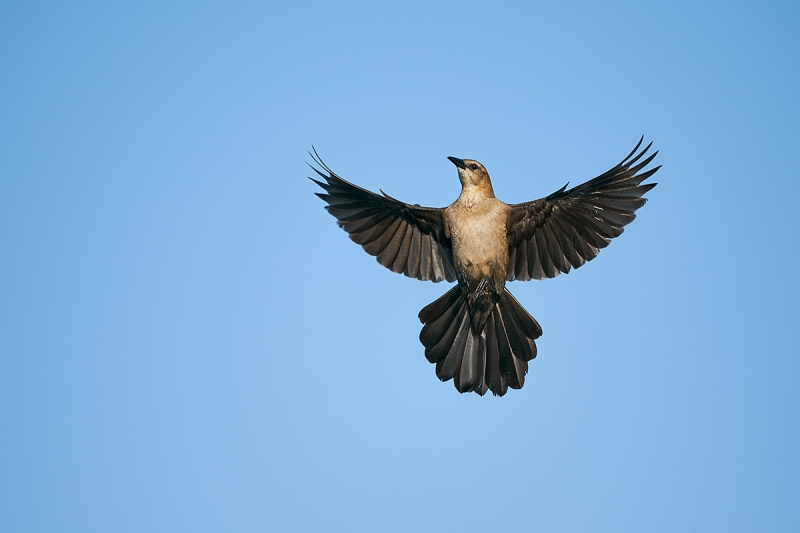
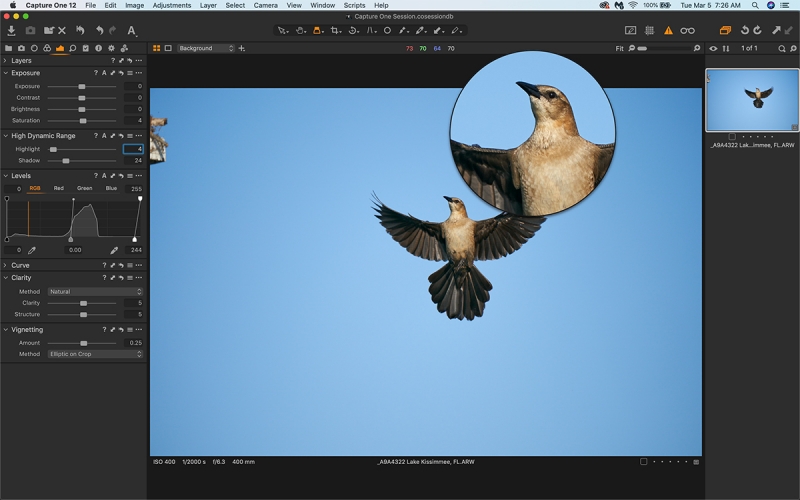
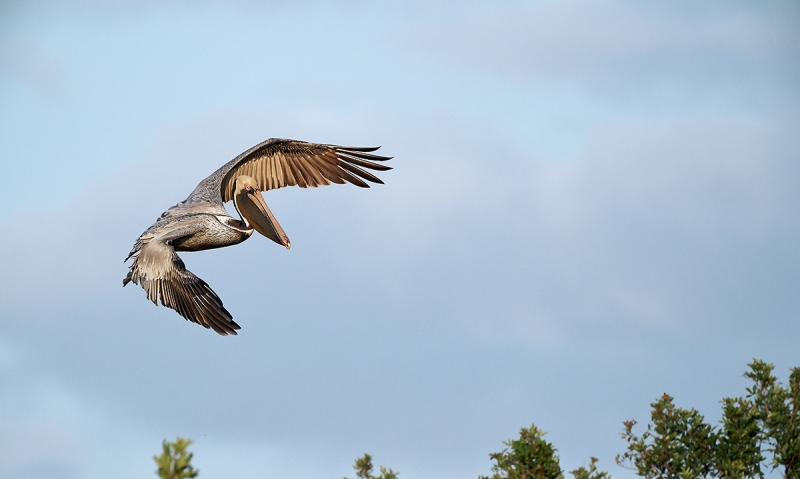
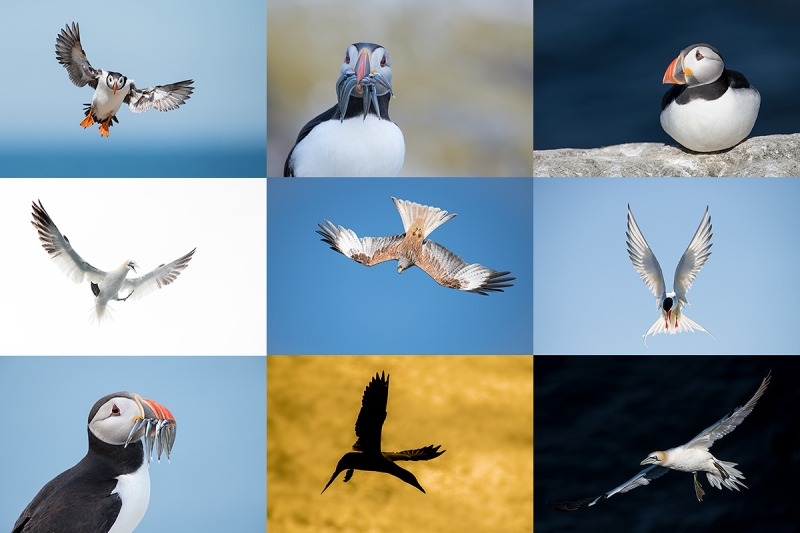
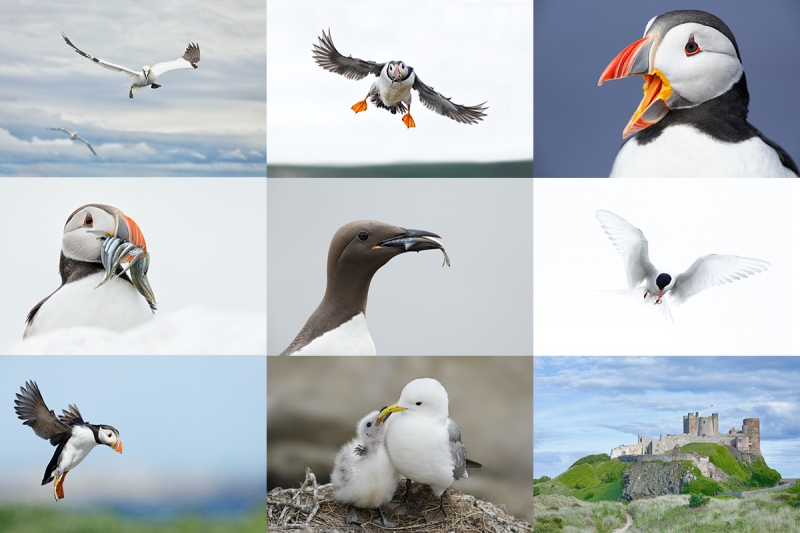













Hey Artie,
As you know, i’ve been shooting with the Canon 7Dii, and was looking to upgrade to the 5Div. Based on your recent adventures with Sony, i believe that switching to Sony might be a better upgrade path for me. Though at current prices it’s a good year off.
But i do have a question about the image quality. You were comparing Sony a9 to Canon 5Div and 5Dr. Can you comment on whether the IQ is superior to the 7Dii? (I’m assuming it is, but wanted confirmation)
Thanks
Tony
Hi Tony,
We can compare image quality on the DeSoto IPT. And if you like, you can borrow the A9/100-400 OSS for an hour and play.
with love, artie
I’ve been paying close attention to all your Sony exploration; can’t wait for the cold-weather verdict!! I shoot often in the cold, and the 5dIV has held up in -20 F and less out here in Montana. I am assuming the d850 would fare similarly.
Info on that very soon.
with love, artie
Artie I read with great interest your comments on Byron’s comments. I am a wildlife more than a bird photographer and am very much committed to Canon. Given that I have a 5D MK IV and all the lens from 500 mm down, should I switch ? Item for item Sony seems to be 39-50% more than Canon, but I am already with Canon.
Hi Rick,
Though I can never tell what is best for the other guy as long as you do not have a problem traveling with all your gear and working with the 500mm it sounds as if you have a fine kit for nature photography …
with love, artie